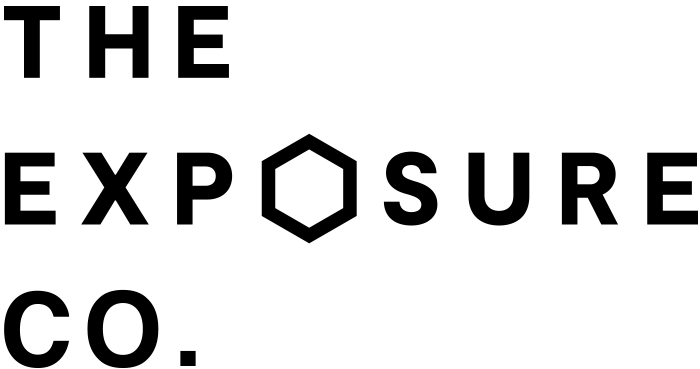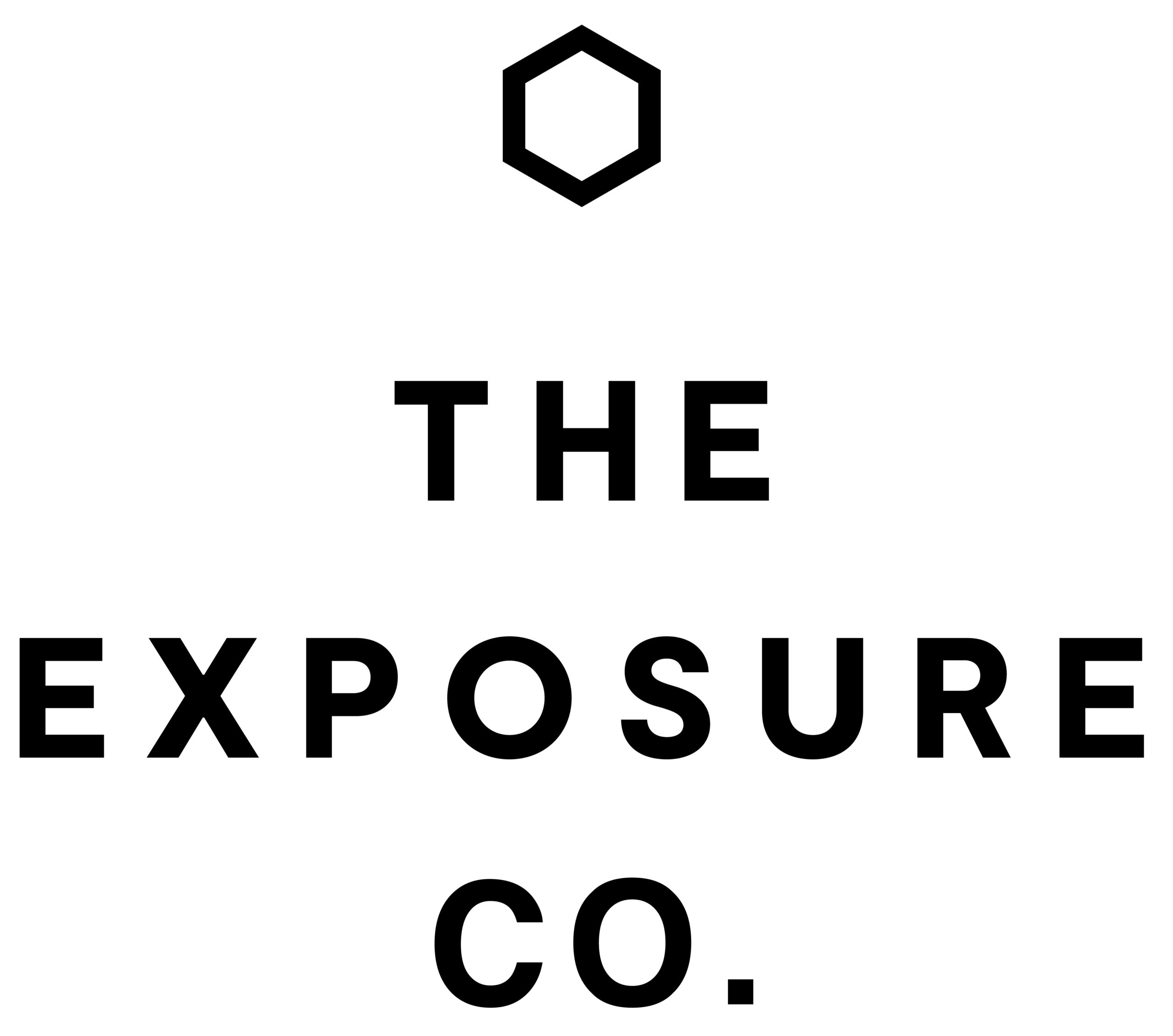
10 Aug Disclosure Rules for Australian Influencers & Creators
The Australian Influencer Marketing Council (AIMCO) recently published a Code of Practice for influencers which outlines everything brands and influencers need to know about advertising disclosures.
This code of practice is warmly welcomed by Australian brands, agencies and creators to ensure equal transparency within the industry.
In addition to the well-established consumer law that prevents businesses from “making false representations” or otherwise “misleading claims”, we now have access to these detailed, yet simple-to-follow guidelines for advertising disclosures across media forms and social channels.
In this blog post we’ve outlined when you need to disclose a sponsored post, and how to do it correctly.
When to disclose a sponsored post
According to AIMCO, advertising disclosure is required whenever there is a “contracted engagement” between an influencer and brand. A contracted engagement may come in the form of verbal recording, email documentation, or other documents that define an engagement between the two parties.
The important thing to note here is that this is not limited to transactions bound with financial payment. If an influencer is getting gifts and/or free products they also need to disclose. The only time advertising disclosure is not required is when there is no contracted agreement or the brand has no input or “control” over the influencer content.
How to properly disclose a sponsored post
Where advertising disclosure tools are available within the digital platform (e.g. Paid Partnership on Instagram), this is the recommended way to disclose that your post is sponsored. However, for platforms that use hashtags # the required minimum disclosure is to use #AD or #Sponsored clearly in your caption.
For platforms where video is used, the guidelines are slightly different. For short-form videos (e.g. IG in feed videos or TikTok videos), brand associations can be declared through the use of ‘screen supers’ at the beginning of the video, or in the post caption.
For long-form videos (e.g. YouTube videos or IGTV’s), brand associations should be declared at the beginning of the video. Best practice suggestions are within the first 30 seconds, both verbally and visually.
When declarations are being made, Australian best practice is that the declaration is easy to understand, unambiguous and timely.
Here are a couple of best practices to make sure your disclosures are clear and concise:
- Disclosures should be placed within the content – not in your profile.
- Disclosure should not be abbreviated ie “sp”, “spon”, “gift”.
- Disclosure must be included in the first appearance of the content; and any subsequent appearance (where applicable).
- Disclosure should be visible to the consumer on first view and not mixed with a group of hashtags or links.
- Live stream disclosures may need to be repeated for viewers who only see part of the stream.
Does this apply if I am working with an international brand?
If you’re lucky enough to be engaged by an international brand to promote their product or service, you will still be required to declare advertising in the same way as Australian paid engagements. In this case, you should also give consideration to that country’s legal requirements to be safe from all angles.
If you need more information or actionable steps for your next sponsored post, please get in touch with us at hello@theexposure.co



No Comments